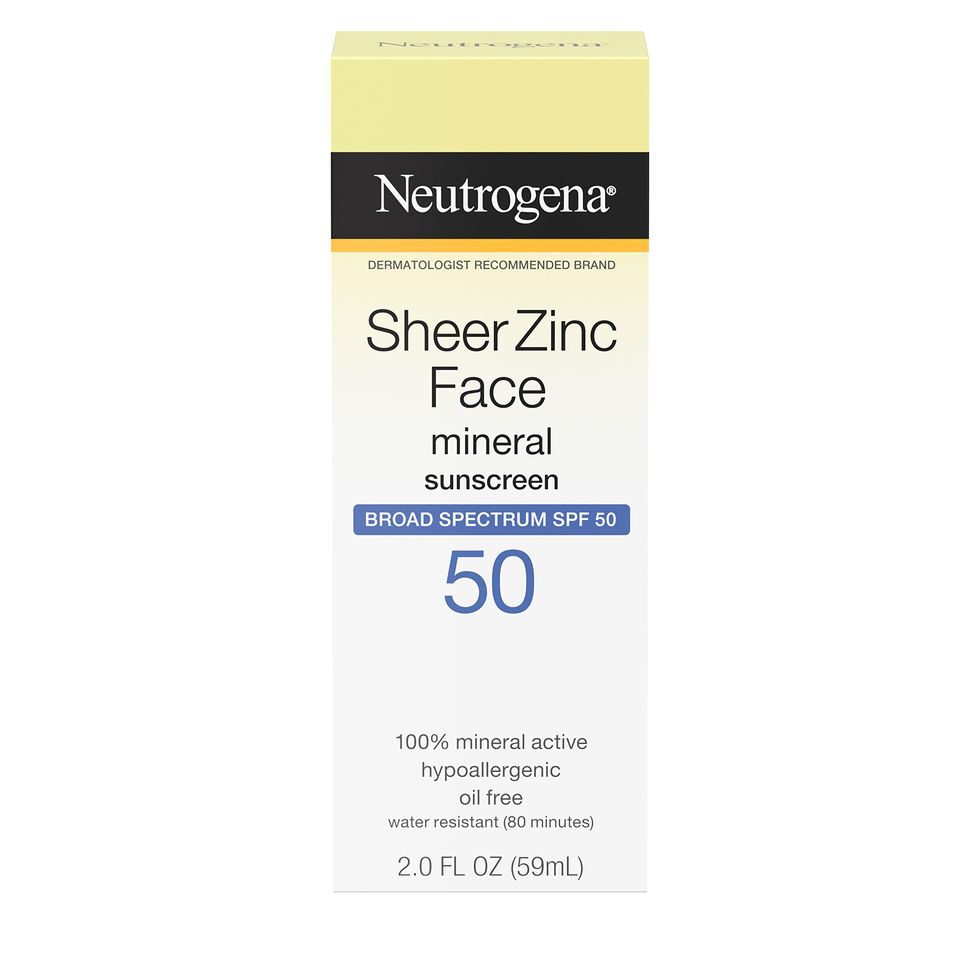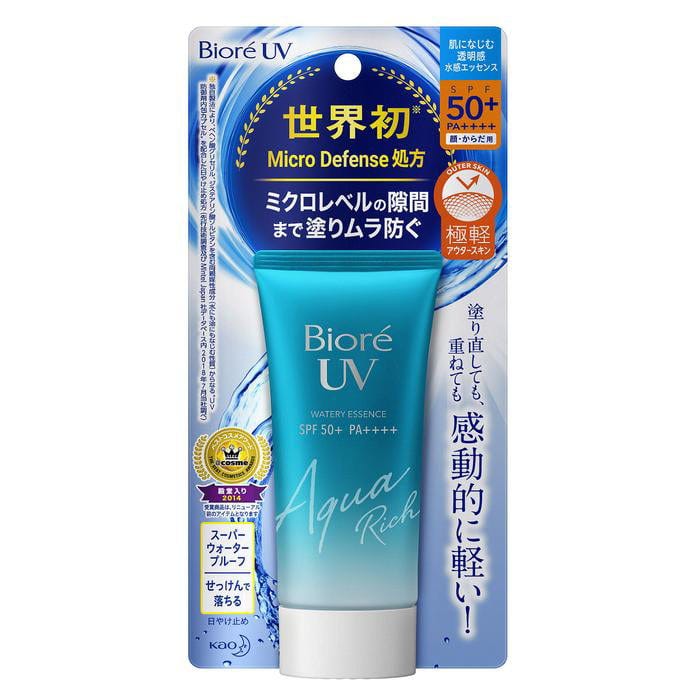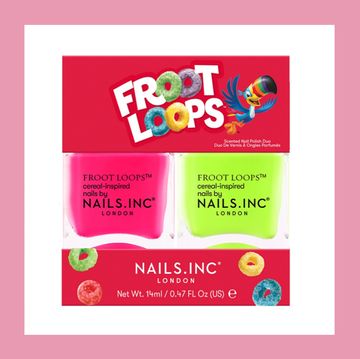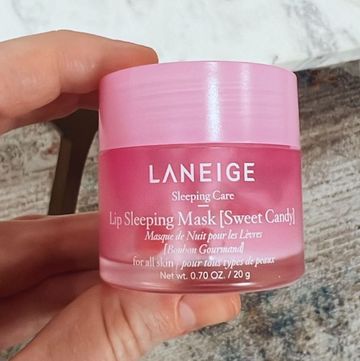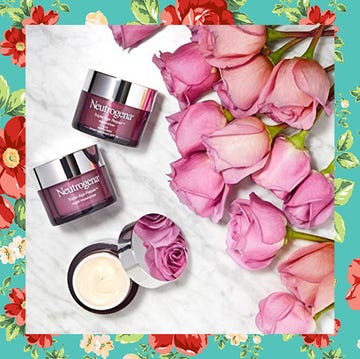Applying sunscreen daily is one of the best things you can do for your skin. It protects your skin from harmful UV rays, which can cause premature aging (brown spots, wrinkles, and fine lines) as well as skin cancer. Yikes! Rain or shine, whether outside or inside, experts recommend sporting about 1/4 teaspoon of sunscreen on your face. Ree Drummond has also been extra careful about sun protection—and passed that along to her daughters—after having a basal cell carcinoma removed from her neck when she was 30. "We inherited my mom's fair skin, and from day one she has stressed the importance of wearing sunscreen," says Alex Drummond.
But you might be wondering: If you're also applying things like toners, vitamin C serums and your regular moisturizer, where exactly does sunscreen fit in? More specifically, do you apply it before or after moisturizer? Does order even matter? We turned to three board-certified dermatologists to get some cold, hard facts on the matter, and settle the matter once and for all.
Which comes first: sunscreen or moisturizer?
All three derms agreed that in general, applying sunscreen after moisturizer is your best bet. "Sunscreen is the last thing you apply to your skin," says Rosalyn George, founder of Wilmington Dermatology Center in Wilmington, North Carolina. "I want any treatment products to get into the skin first and I don’t want the sunscreen to act as a barrier to prevent absorption."
Marissa Garshick, a dermatologist based in New York and New Jersey, adds that putting moisturizer on top of sunscreen could potentially interfere with how well the product blocks UV rays.
Mineral vs. chemical sunscreen: does it make a difference?
Here's where it gets a bit more complicated: The answer can be different depending on whether you grab a mineral vs. chemical sunscreen. Basically, mineral sunscreens feature ingredients that act as a barrier between the sun's rays and your skin, while chemical sunscreens use ingredients that need to sink into the skin in order to absorb the UV radiation and turn it into heat. "Some people prefer to apply chemical sunscreens prior to moisturizer to ensure proper absorption and efficacy," says Marissa. "But mineral sunscreens are intended to provide a physical shield and therefore are best as a last step."
How long should you wait between applying layers?
Either way, it's important to give your skin a little time before applying the second product. "Wait long enough for the moisturizer to be completely absorbed into the skin," says Brendan Camp, a dermatologist based in New York City. "A general rule of thumb is ten to fifteen minutes. This will reduce the risk of the moisturizer diluting the sunscreen and impacting its efficacy." According to Rosalyn, waiting can also help prevent any pilling or flaking that can happen when you apply too much product onto the skin at once.
So there you have it, folks! Moisturizer first if you're going with a physical sunscreen and sunscreen first if you opt for a purely chemical one. But as always, whichever type of formula you pick, the best sunscreen is the one you'll be happy to wear every day. Here are a few trusted choices, including Ree's go-to!


